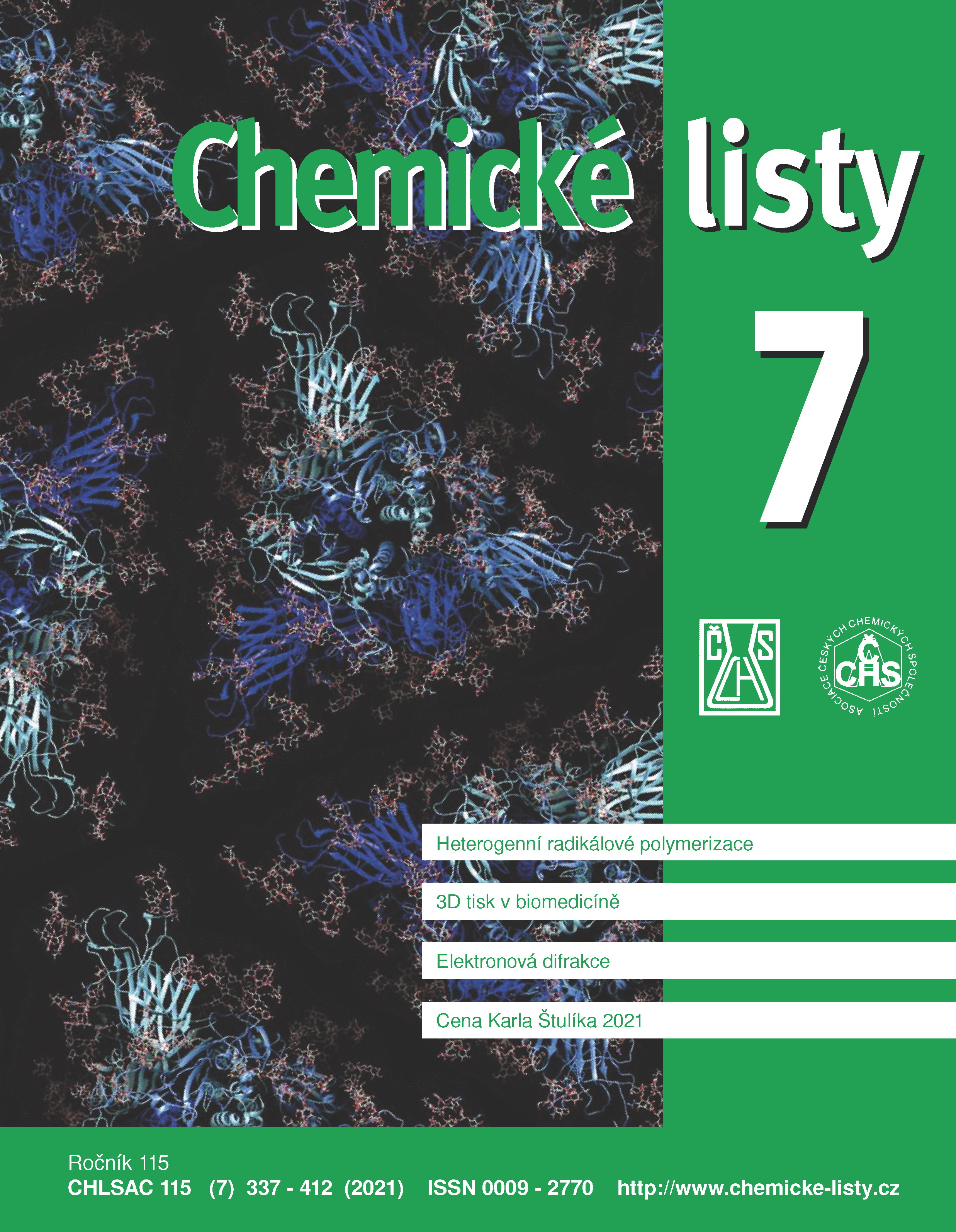Electron Diffraction – New Tool for Crystal Structure Solutions
Keywords:
transmission electron microscope, 3D electron diffraction, structural analysis, nanocrystal, molecular crystalAbstract
X-ray single crystal diffraction analysis is currently the most used method for determining the structure of substances. In the last 15 years, however, 3D electron diffraction has developed rapidly as a competitive method of structural analysis. Compared to X-ray single crystal analysis, the input crystal size for 3D electron diffraction is 2–3 orders of magnitude smaller, and structural analysis can also be performed in a complex matrix. In addition, data collection takes from seconds to minutes for 3D electron diffraction, compared to hours for X-ray diffraction. Although 3D electron diffraction is not yet a precise and routine technique, it has great application potential for chemists. The goal of this review is to provide a brief insight of the principles of 3D electron diffraction, experimental design, data collection and structural evaluation. Emphasis is placed on illustrating structural applications in the fields of inorganic, organic, metalloorganic compounds, metals and alloys, aperiodic crystals, zeolite sieves, minerals, proteins and pharmaceutical substances.
English translation available in the on-line version.





